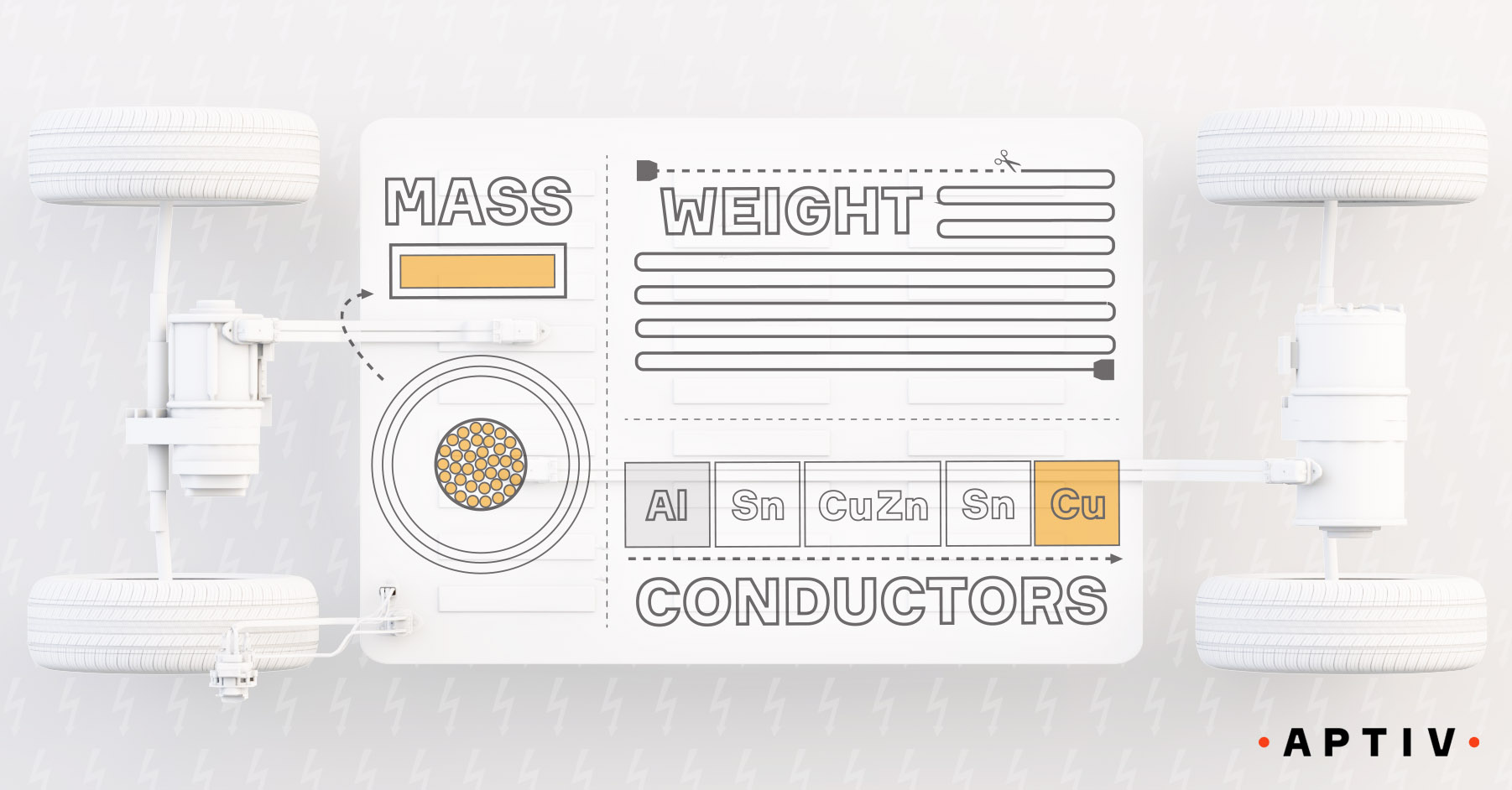Electric vehicles will comprise 57% of global passenger sales by 2040 — and the original equipment manufacturers (OEMs) that will emerge as the undisputed leaders in the EV sector tomorrow are the ones that can best address the EV manufacturing challenges of today.
These challenges include safety, which is always the primary consideration for both the consumers who drive EVs and the technicians who manufacture and service them. There's also the tangle of regional safety and technical standards to manage. And as consumers clamor for more range from their EVs, the constant tug-of-war between larger, more powerful battery packs and a heavier, more expensive vehicle.
None of these challenges exists in a vacuum — so their solutions require a vertically integrated, whole vehicle approach to problem-solving, not just from OEMs, but also from their automotive partners.
A holistic approach
While it’s easy to equate electrification solely with high voltage, we at Aptiv understand electrification is about a whole lot more — including battery wiring, low-voltage wiring, electrical centers and interconnectors.
Aptiv believes that cables and components need to function as a system and that they work best when designed and validated simultaneously. That’s almost impossible to do when sourcing these connectors and cables from separate suppliers. We’re a single-source, system-level partner focused on delivering system-level solutions instead of component-level parts.
Take the case of EV battery packs as an example. We may not make the large, powerful batteries that are shaping the future of the electric vehicle, but our unique understanding of how to reduce mass in other parts of the car helps make that future possible.
Every gram matters
The formula is quite simple: The less space that cabling takes up inside an electric vehicle, the more room there is for everything else an electric vehicle needs, including a larger battery.
Impressive numbers, for sure, but they'll only get better with the introduction of Aptiv's PACE Award-winning Selective Metal Coating (SMC) technology, now being piloted on several vehicle models worldwide. OEMs have long sought to replace heavy copper wiring harnesses with aluminum ones, but galvanic corrosion between the aluminum wiring and copper connectors has always been a deal-breaker. SMC changes all that by creating a highly engineered, lightweight coating that prevents this corrosion, allowing OEMs to swap out copper wiring with aluminum and reduce their cabling mass by as much as 50%.
The tip of the iceberg
Everything in the Aptiv electrification portfolio — from high-voltage electrical connectors and shielded HV cables to busbars to charging cord sets and inlets to solid-state electrical centers —
benefits from the knowledge, experience, research and know-how that goes into everything Aptiv builds for the system.
